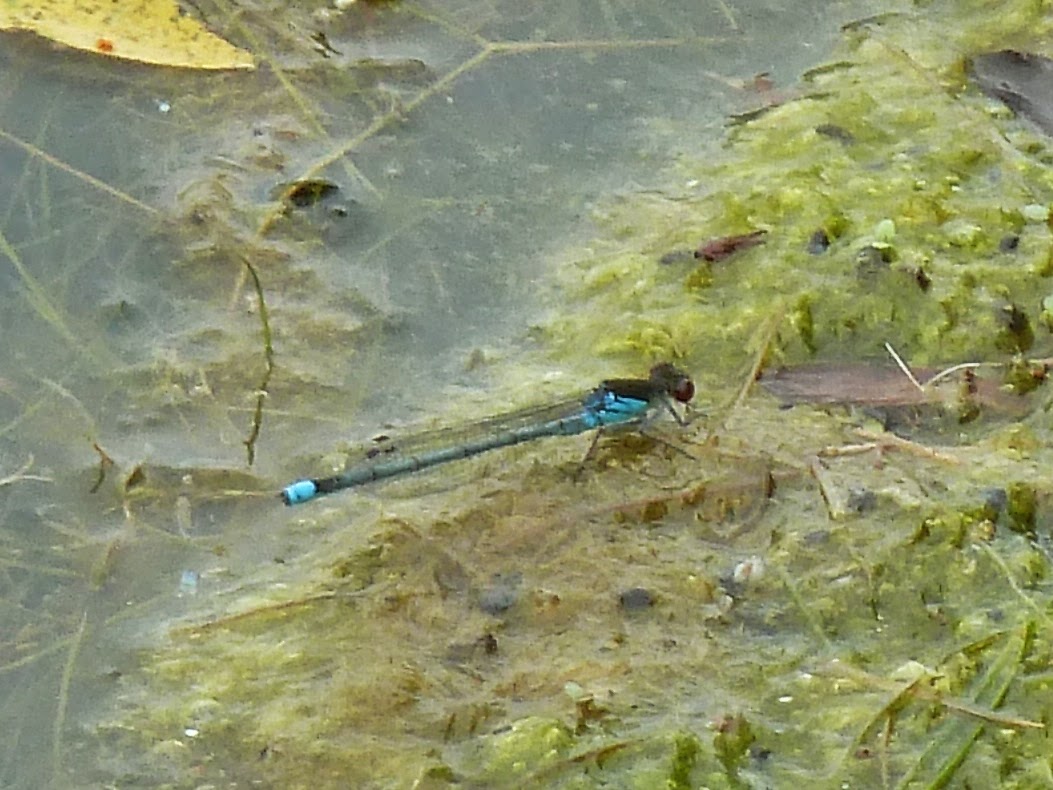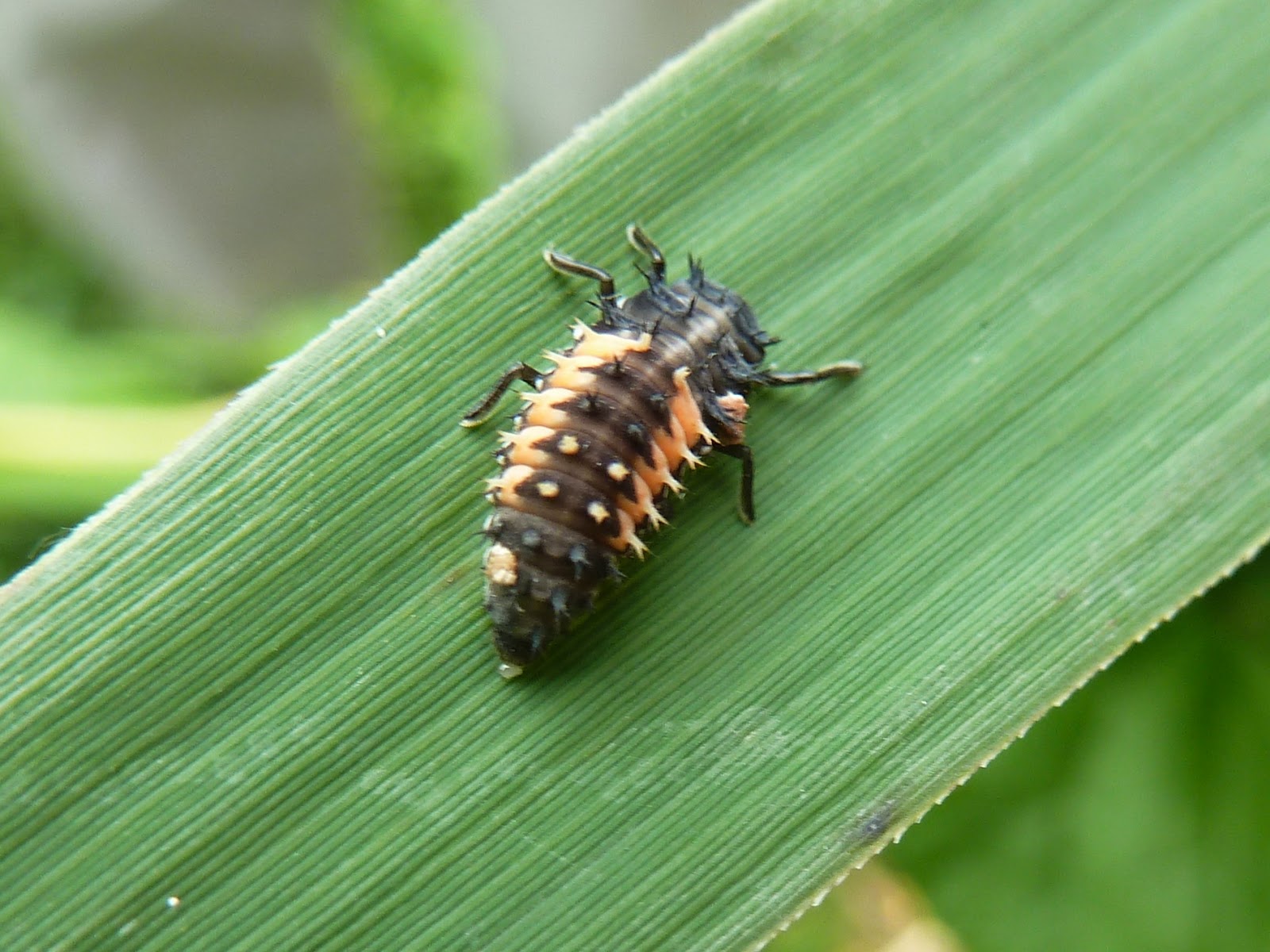We saw or heard a variety of birds and some butterflies but the most numerous sightings were of damsel flies. Most common was Common blue (Enallagma cyathigerum); we also saw Blue-tailed Damselfly (Ischnura elegans) and Banded demoiselle (Calopteryx splendens) in reasonable numbers.
 |
| Blue-tailed Damselfly |
 |
| Common blue damselfly |
 |
| Common blue damselfly (JH) |
 |
| Banded demoiselle |
 |
| Red-eyed damselfly |
 |
| Cinnabar Moth caterpillar (JH) |
 |
| Red Admiral butterfly |
 |
| Ladybird larva |
Tufted
Duck
|
Chiff
Chaff
|
Lapwing
|
Pochard
|
Common Tern
|
Greenfinch
|
Dabchick
|
Reed
Warbler
|
Black Headed Gull
|
Mallard
|
Red
Kite
|
Heron
|
Great Crested Grebe
|
Wren
|
Egyptian Goose
|
Coot
|
Sedge
Warbler
|
Greylag Goose
|
Cormorant
|
Blackcap
|
Whitethroat
|
Gadwall
|
Starling
|
Little Egret
|
Moorhen
|
Green Woodpecker
|
|
Mute Swan
|
Reed Bunting
|

No comments:
Post a Comment